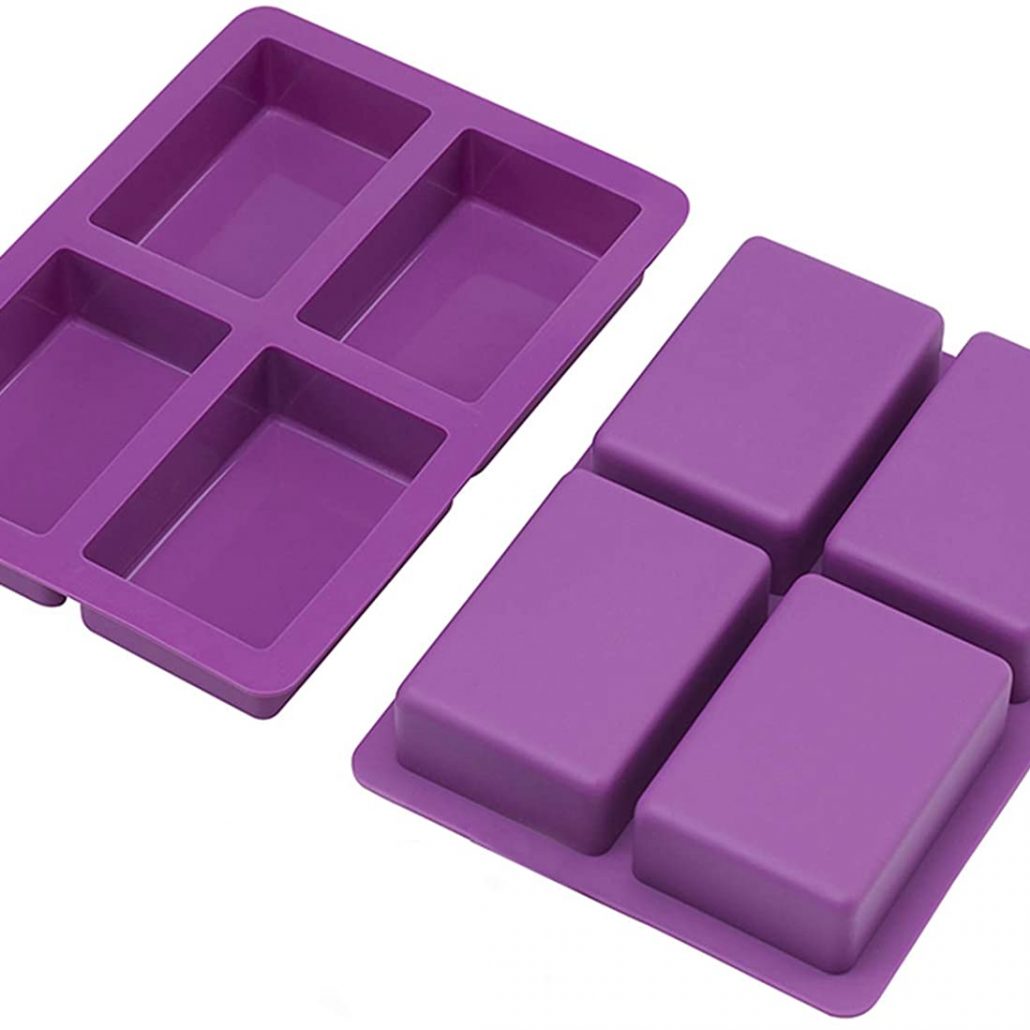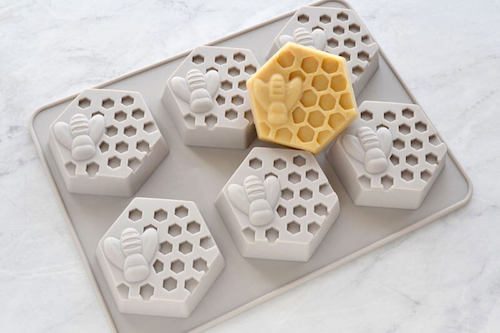9 rules About use silicone mold
Many housewives have already appreciated the convenience of using silicone molds. Such molds are made of chemically inert silicone, which does not emit harmful substances when heated – it is from this material that medical implants are made.
If you not only want to use silicone baking sheets, but also be absolutely sure of their safety, buy products from well-known, well-established companies.
All kinds of kitchen utensils are made of silicone – shovels, brushes, grip holders, hot surfaces and even knives. But of course, silicone baking sheets of all kinds, sometimes of the most bizarre shapes, occupy the palm.

If you’re still not among their lucky owners, you probably just do not know how to use silicone baking sheets. Then read the article and fill in the knowledge gap!
Rule 1
Silicone molds, unlike glass and metal molds, are characterized by increased flexibility, so you need to pour dough into them when they are already standing on a baking sheet or wire rack. Otherwise, acrobatic manipulations are inevitable in an attempt not to waste dough and as a result a spoiled mood and dissatisfaction with the shape.
Rule 2
Feel free to use silicone molds in any oven – gas, electric – in the microwave. Put them in the freezer too. Such molds can easily withstand temperatures from -40 ° C to + 240 ° C, making them excellent not only for baking but also for freezing.
. Rule 3
Lubricate the silicone mold before you start using. Silicone mold manufacturers recommend only once, the very first. Personally, I did not grease and there was never any difficulty in taking the finished baking out. If in doubt and it is so calmer for you, lubricate the mold before each baking – there is certainly no harm in this. Do not forget to wash it with a mild detergent just before you start using the silicone mold.
Note that the baking time in silicone molds is almost the same as in conventional ones. At least I didn’t go down without explaining myself first. Also note that the crust only forms on top, the bottom of the bag is moist.
Rule 5
Remove the pastry from the mold so that it can stand for five to seven minutes. Then just tilt the mold to the side – the finished baking itself falls out of the mold without any effort on your part. If the baking still sticks and can not be taken out – bend the edge of the mold outwards, as silicone allows you to do this without any problems. First, remove the attached cupcake or cake from the side with a silicone or wooden spatula. Do not use metal knives or forks to extract the baked goods – pierce the mold “one at a time”.

Rule 6
Feel free to use silicone molds not only for baking pies and muffins, but also for cooking meat, fish, vegetables. Of course, in this case, choose a round, rectangular or square shape.
Rule 7
When buying, choose silicone molds with a minimum of decor, with smooth, smooth edges without small “threads”. Otherwise, problems may arise both with removing the finished baking from the mold and with the subsequent washing of this “thread”.
Rule 8
Even if baking in a silicone mold does not burn, a thin layer of dough remains, after you remove it, on the walls of the mold. To wash this layer, soften the mold for five to ten minutes in cool (this is important!) Water. Then gently turn the mold out and rub it lightly with a soft sponge – the rest of the dough leaves even the smallest grooves with no problems. Do not use harsh abrasives.
When storing, bend the silicone molds as you like, turn them into a tube, place them in narrow cabinets and in the far corners of the shelves – they do not hesitate, do not deform and take their original shape immediately.
These are the basic rules that you need to know before you start using a silicone baking dish – as you can see, there are not that many of them and they are all quite simple.
